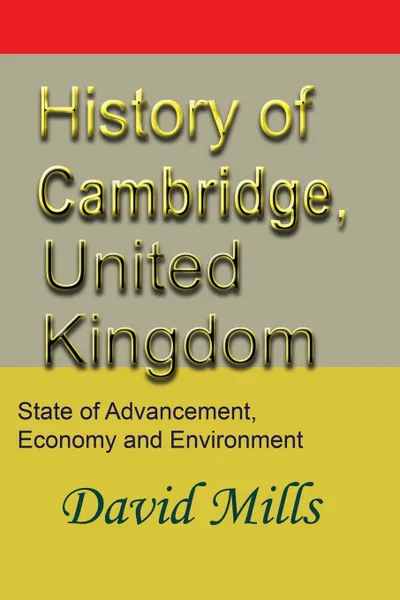History of Cambridge, United Kingdom. State of Advancement, Economy and Environment
Автор: David Mills
2019
Переплёт: Мягкая обложка, 252 страницы
Категория: Путешествия, путеводители
ISBN: 9781912483822
📙 History of Cambridge, United Kingdom. State of Advancement, Economy and Environment. Cambridge, the county town, and since 1951 a city, owes its position to the crossing of two natural lines of communication. The Cam, constituting a river route from south-west to north-east, was a main artery for traffic through the Fenland until the railway period; as the Recorder of Cambridge said in his speech to James I in 1615, 'This river, with navigation to the sea, is the life of traffic to this town and county.' It was the chalk and gravel ridge that determined the line of the road which continued the Worsted Street to Huntingdon. Known in the Middle Ages as Stoneway or Huntingdon Way, it crossed the river by 'the one bridge in England which gives name to a county'. Roads from St. Neots and Ely join the Huntingdon Road west of the bridge, and to the east roads from Newmarket, Bishop's Stortford, Ware, and Baldock converge on the city. To the end of the 18th century the built-up area of Cambridge was concentrated round the castle site north-west of the bridge and the market-place south-east of it, roughly 1 mile long and ½ mile broad, surrounded by the town fields which stretched east and west for 3½ miles. Outlying settlements at Barnwell downstream and Newnham upstream were only absorbed by the expansion of the 19th century which, beginning along the Newmarket Road, extended the built-up areas southwards and northwards both sides of the river until the houses of Cambridge in 1951 extended 2½ miles southeast of the bridge and a mile to the north. In 1912 and 1935 the Borough boundaries were successively extended to include the whole of Chesterton and Cherry Hinton and parts of Impington and Milton, Fen Ditton, Great Shelford, Trumpington, and Grantchester
Мнения
